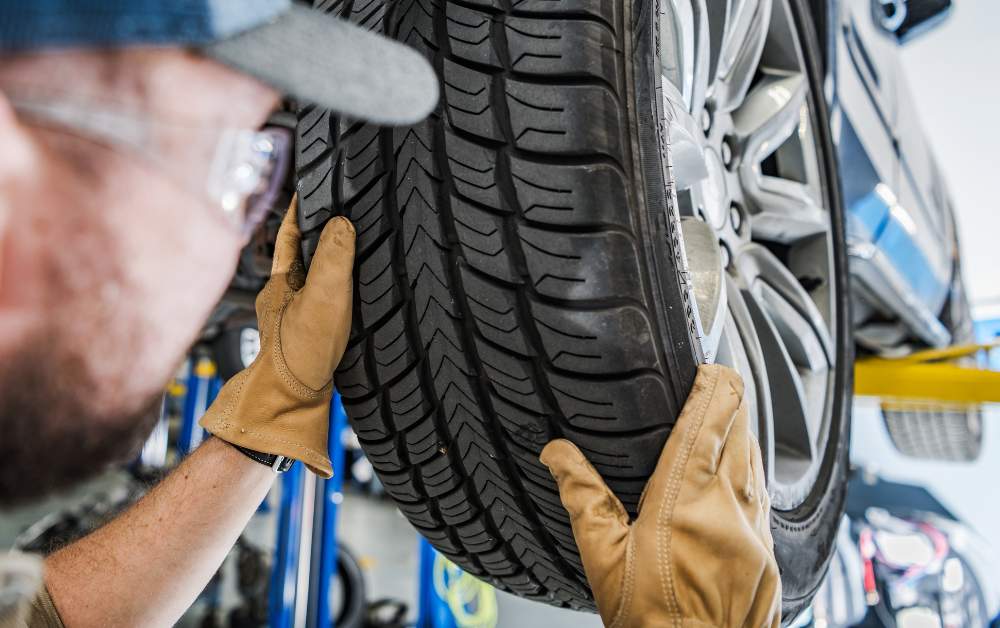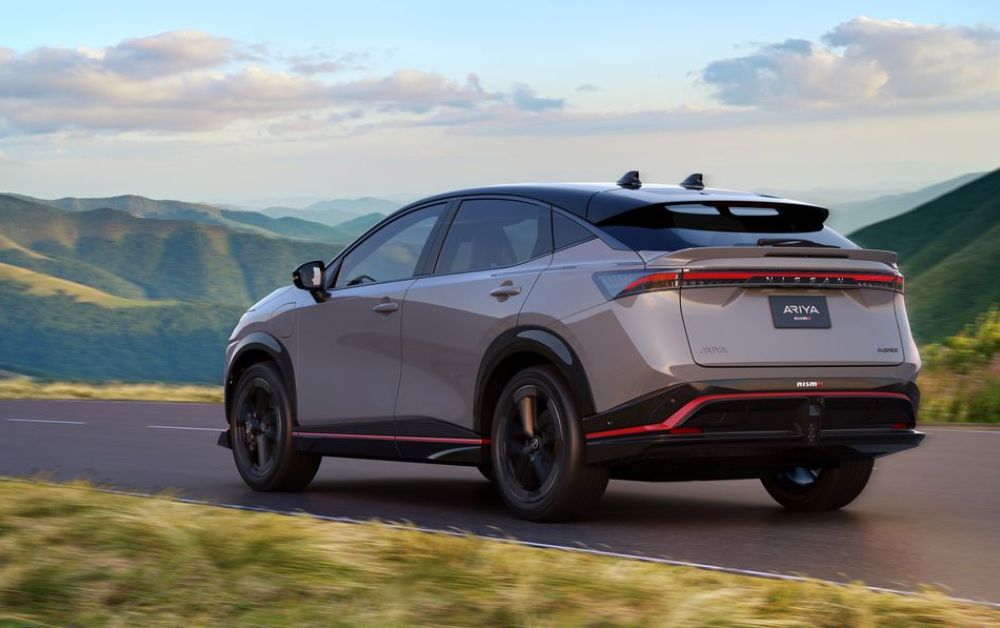Are you in the market for a new car and wondering how frequently car dealerships refresh their inventory? It’s a common question among potential buyers, and understanding the dynamics behind inventory turnover can be crucial for making informed purchasing decisions.
In this guide, we’ll delve into the intricacies of dealership inventory management and explore how often car dealerships typically receive new stock.
What is Inventory Turnover?
Car dealerships operate in a highly competitive market where staying updated with the latest models and trends is essential to attract customers. Inventory turnover refers to how quickly dealerships sell and replace their stock. The frequency of inventory turnover can vary depending on various factors such as market demand, dealership size, location, and the brand’s production cycle.
What Are The Factors Influencing Inventory Refresh Rates?
1. Market Demand:
Dealerships closely monitor market demand trends to adjust their inventory levels accordingly. High-demand vehicles may prompt more frequent inventory updates to meet customer needs and capitalize on popular models.
2. Seasonal Trends:
Seasonal fluctuations play a significant role in inventory management. For example, dealerships might receive more SUVs and trucks during the winter months to cater to customers’ preferences for vehicles suitable for inclement weather conditions.
3. Manufacturer Production Schedules:
Car manufacturers have their production schedules, which dictate when new models are released. Dealerships receive fresh inventory following these production cycles, with major updates typically occurring annually or biannually.
4. Sales Performance:
Slow-moving inventory may prompt dealerships to refresh their stock more frequently. Vehicles that linger on the lot for an extended period may undergo price adjustments or promotions to spur sales.
5. Frequency of Inventory Updates:
While there isn’t a one-size-fits-all answer to how often car dealerships get new inventory, most dealerships aim to maintain a steady flow of fresh stock to keep their showroom appealing to potential buyers. On average, dealerships receive new inventory every 30 to 60 days. However, this timeline can vary based on the factors mentioned earlier.
Tips for Buyers
Stay Informed:
Keep yourself updated on upcoming model releases and dealership promotions. Following automotive news websites and subscribing to dealership newsletters can provide valuable insights into new inventory arrivals.
Timing Is Key:
If you have your eye on a specific model, timing your visit to the dealership shortly after a new inventory refresh can increase your chances of finding the desired vehicle in stock.
Negotiate Wisely:
With fresh inventory on the lot, dealerships may be more inclined to negotiate on pricing and offer incentives to move vehicles quickly. Don’t hesitate to negotiate terms that work in your favor.
Explore Options:
Don’t limit yourself to one dealership. Exploring multiple dealerships in your area can help you compare inventory selection, pricing, and customer service.
Conclusion:
The frequency at which car dealerships receive new inventory is influenced by various factors, including market demand, seasonal trends, manufacturer production schedules, and sales performance. While there’s no fixed timeline for inventory updates, most dealerships aim to refresh their stock every 30 to 60 days to keep their inventory current and attractive to customers. By staying informed and timing your visits strategically, you can maximize your chances of finding the perfect vehicle that meets your needs and budget. Happy car hunting!










